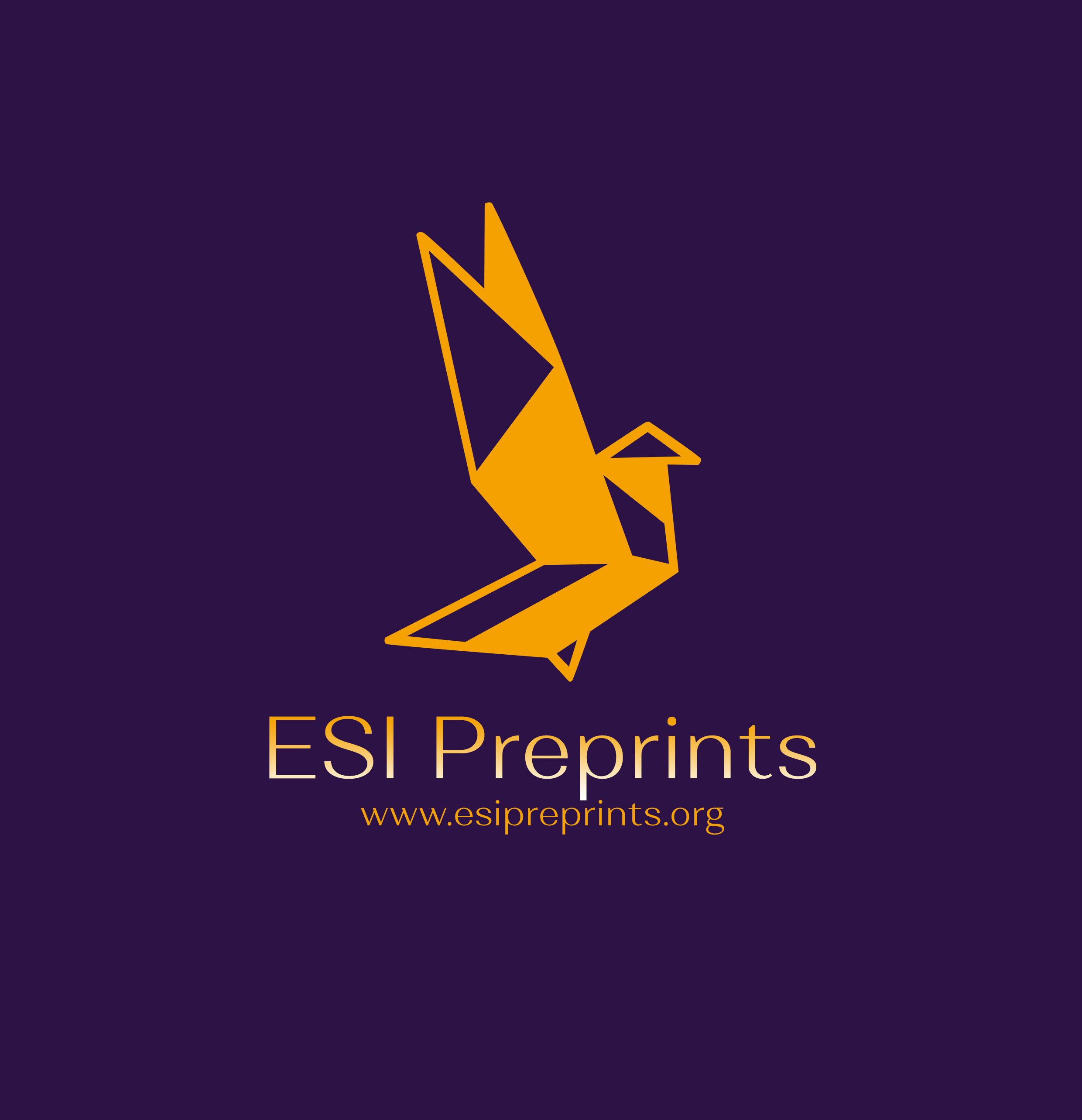The Role of the Educational Program in Reducing the Child's Anxiety at the Dentist
Abstract
The objective of the study was to create and implement an educational program with the aim of reducing children's anxiety at the dentist. In carrying out this study, it started from the hypothesis that the implementation of an educational program can lead to a decrease in the level of dental anxiety among children. The sample included 196 children (experimental group of 95 children and control group of 101 children), primary school pupils. The methods used were the questionnaire, PowerPoint presentations, semi-structured interview, demonstration and exercise. The educational program was structured in the form of twelve PowerPoint presentations, focusing on three important themes. These were: the importance of oral hygiene, methods and techniques used for good oral hygiene and the role of nutrition in maintaining healthy teeth. A questionnaire was applied and saliva was taken to determine immunoglobulin A, both at the beginning and at the end of the study. In the case of the experimental group, there were statistically significant differences between the initial and final results both following the application of the questionnaire and in terms of immunoglobulin A levels (p<0.05). There were no statistically significant differences in the control group (p>0.05).
Following the interpretation of the results, the hypothesis was confirmed according to which the implementation of an educational program can lead to a decrease in the level of dental anxiety in children.
Downloads
Metrics
References
2. Alsadat F. A., El-Housseiny A. A., Alamoudi N. M., Elderwi D. A., Ainosa A. M., Dardeer F. (2018). Dental fear in primary school children and its relation to dental caries. Niger J Clin Pract, 21(11), 1454-1460. https://doi.org/10.4103/njcp.njcp_160_18
3. Angelopoulou M. V., Kavvadia K., Taoufik K., Oulis C. J. (2015). Comparative clinical study testing the effectiveness of school based oral health education using experiential learning or traditional lecturing in 10 year-old children. BMC Oral Health, 15:51. https://doi.org/10.1186/s12903-015-0036-4
4. Armfield J. M., Heaton L. J. (2013). Management of fear and anxiety in the dental clinic: a review. Aust Dent J, 58(4), 390-407. https://doi.org/10.1111/adj.12118
5. Ashkenazi M., Faibish D., Sarnat H. (2002). Dental fear and knowledge of children treated by certified pediatric dentists and general practitioners. ASDC J Dent Child, 69(3), 297-305. https://pubmed.ncbi.nlm.nih.gov/12613316/
6. Buchanan H., Niven N. (2002). Validation of a Facial Image Scale to assess child dental anxiety. Int. J. Paediatr. Dent, 12(1), 47-52. https://pubmed.ncbi.nlm.nih.gov/11853248/
7. Goettems M. L., Zborowski E. J., Costa F. D., Costa V. P., Torriani D. D. (2017). Nonpharmacologic intervention on the prevention of pain and anxiety during pediatric dental care: a systematic review. Acad Pediatr, 17(2), 110-119. https://doi.org/10.1016/j.acap.2016.08.012
8. Kolb D. A. (2014). Experiential learning: experience as the source of learning and development. 2nd Ed. USA: Pearson FT Press.
9. Lin C. S., Wu S. Y., Yi C. A. (2017). Association between anxiety and pain in dental treatment: a systematic review and meta-analysis. J Dent Res, 96(2), 153-162. https://doi.org/10.1177/0022034516678168
10. Majstorovic, M., Veerkamp J. S. (2004). Relationship between needle phobia and dental anxiety. J Dent Child, 71(3), 201-205. https://pubmed.ncbi.nlm.nih.gov/15871453/
11. Matthews J. I., Zok A. V., Quenneville E. P., Dworatzek P. D. (2014). Development and implementation of FRESH - a post-secondary nutrition education program incorporating population strategies, experiential learning and intersectoral partnerships. Can J Public Health, 105(4), 306-311. https://doi.org/10.17269/cjph.105.4481
12. Newton T., Asimakopoulou K., Daly B., Scambler S., Scott S. (2012). The management of dental anxiety: time for a sense of proportion?. Br Dent J, 213(6), 271-274. https://doi.org/10.1038/sj.bdj.2012.830
13. Ohura K., Nozaki T., Shinohara M., Daito K., Sonomoto M., Daito M. (2012). Utility of salivary biomarker for stress induced by dental treatment. Japanese Dental Science Review, 48, 14-17. https://doi.org/10.1016/j.jdsr.2011.06.001
14. Radhakrishna S., Srinivasan I., Setty J. V., MK D. R., Melwani A., Hegde K. M. (2019). Comparison of three behavior modification techniques for management of anxious children aged 4-8 years. J Dent Anesth Pain Med, 19(1), 29-36. https://doi.org/10.17245/jdapm.2019.19.1.29
15. Zhu M., Yu H., Xie B., Li H., He Q., Li H., Su J., Li X. (2020). Experiential learning for children’s dental anxiety: a cluster randomized trial. BMC Oral Health, 20(1), 216. https://doi.org/10.1186%2Fs12903-020-01204-
Copyright (c) 2023 Ramona Vlad, Adriana Mihai, Monica Monea

This work is licensed under a Creative Commons Attribution 4.0 International License.








